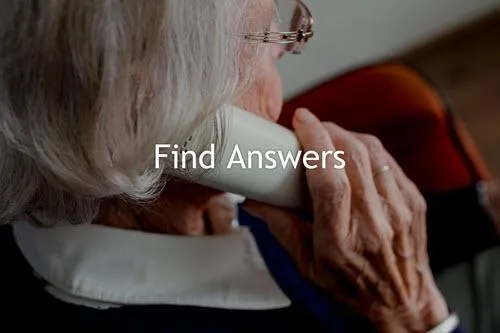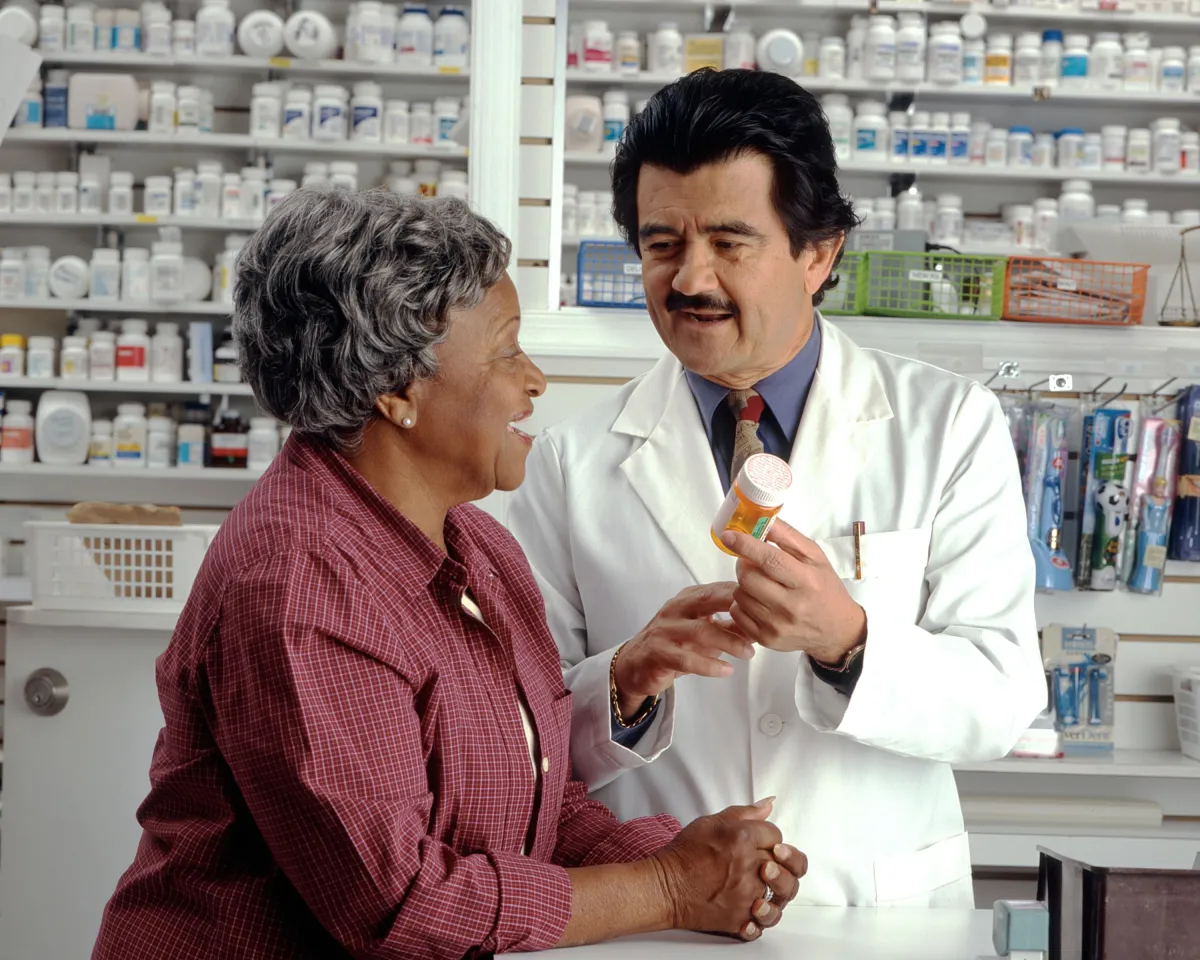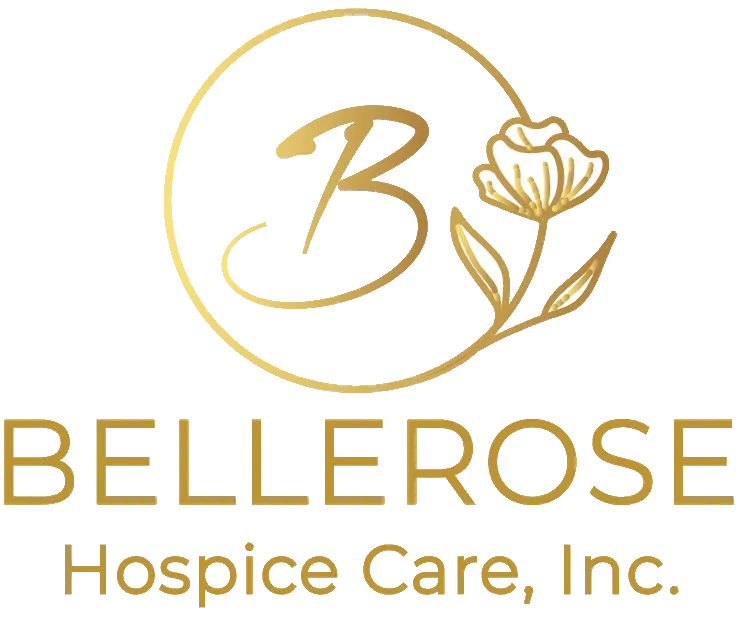Follow Us:
Fax: 661-360-8880
Our Mission
Our Mission is to affirm the cycle of living by enhancing quality for those at the end of life. The Vienna Hospice and Palliative Care standard is to compassionately care for patients, families, and to empower those we serve to have quality of options that afford them comfort, dignity, and support.




Family & Caregiver Support
Whether you are planning for the future, managing a serious illness or considering the end of life details it's not easy. We can help you answer the questions you may have.
We are eager to share what we've learned in our 40 years as a hospice care leader.



Hospice Caregiver Basics
When your seriously ill loved one comes home from the hospital, they become your loved one and your patient. Suddenly, you assume caregiving responsibility for a hospice patient who is very important to you.
The services of the a hospice team will provide caregiver support, but you must step into the role as the day-to-day, primary caregiver. Your hospice nurse, aide, doctor, social worker, chaplain and volunteer will supplement the care you provide to your loved one, and the team can be reached any time of day or night for help.
Understanding the Primary Caregiver’s
When your loved one is facing a serious illness, and they return home from the hospital, the realization dawns upon you that they are not only your beloved family member but also your patient. Assuming the responsibility of caring for a terminally ill loved one can be overwhelming and daunting. While you may receive support from a dedicated hospice team who visit regularly, the primary responsibility for your loved one's care rests in your hands.
It is natural to feel a sense of fear and apprehension about being the primary caregiver for your loved one. However, it's important to recognize that the hospice team's role is to supplement the care that you provide, not to replace it. Their presence is meant to enhance the existing care received by the patient in their home or residential facility.
As the primary caregiver, you play a vital role in ensuring the well-being and comfort of your loved one during this challenging time. While it may feel like a significant responsibility, remember that you are not alone. The hospice team is available to provide guidance, support, and expertise, collaborating with you to ensure your loved one receives the best possible care.
Embracing your role as the primary caregiver, with the assistance of the hospice team, allows you to create a nurturing and supportive environment for your loved one, providing them with the care they need while maintaining their dignity and quality of life.
Guidelines for Being the Primary Caregiver
If you find yourself in the role of the primary caregiver for a hospice patient, it is important to understand your responsibilities. Here are some of the key tasks typically undertaken by primary caregivers:
1. Personal Care: Taking care of the patient's personal hygiene is crucial. This entails assisting them with activities like bathing, using the restroom, applying lotion to prevent dry skin, maintaining dental hygiene, shaving, washing and combing their hair, ensuring they have clean clothes and beddings, and keeping their nails properly trimmed.
2. Medication Management: As the primary caregiver, you will be responsible
for ensuring that the patient's prescriptions are filled on time. This includes administering the correct dosages at the prescribed intervals. You may need to handle various forms of medication, such as pills, syrups, patches, or injections.
3. Medical Care: You may be involved in basic medical care tasks such as cleaning and changing the bandages on pressure ulcers, monitoring the patient's temperature, applying heat or cold packs when necessary, or measuring their blood pressure.
4. Familiarity with Medical Equipment: It is essential for the primary caregiver to have a good understanding of the patient's medical equipment. This includes knowing how to operate devices such as oxygen machines, wheelchairs, patient lifts, and hospital beds.
By taking on these responsibilities, you can ensure the comfort and well-being of the hospice patient in your care.
3 Strategies for an Easier Caregiving Experience
Here are three practical approaches that can make your role as a primary caregiver more manageable:
1. Utilize the Support of the Hospice Team: Make the most of the visits from the hospice team members. They are not only there to provide care but also to offer valuable education and support. Take advantage of this opportunity to ask questions and gain knowledge. The more informed you are, the more confident you will feel in your caregiving role. While the team attends to your loved one's needs, take a moment for yourself—a cup of tea or a peaceful walk—to recharge and relax. Remember, the hospice team is there to assist you.
2. Prioritize Sufficient Sleep: It's crucial to prioritize your own rest to stay alert and focused. Don't let worries and fears keep you awake at night. Consider adopting healthy sleep habits, such as napping when your loved one is resting or discussing sleep aid options with your doctor. Adequate sleep is essential for your well-being as a caregiver.
3. Seek Help from Family and Friends: Caring for someone throughout the day can be physically and emotionally draining, leading to isolation. Remember, your family and friends want to support you. Don't hesitate to reach out and ask for their assistance. Sharing the responsibilities can lighten the burden and provide you with much-needed respite.
Remember, while you are the primary caregiver and responsible for your loved one's care, you are not alone. The hospice team is available round-the-clock to provide guidance and support. Embrace the fact that you are playing a vital role in your loved one's care, and remember that help is just a phone call away.
Medication Management for Caregivers: Simplified and Effective
Maintaining a well-organized approach to medication management is crucial when caring for yourself or a loved one. To assist you in this process, we have developed a practical tool—a downloadable medication schedule that you can access immediately. Follow these steps to ensure smooth medication management:
Step 1: Compile a List of Current Medications
Start by gathering all the medications the patient is taking, including prescriptions, over-the-counter drugs, and herbal supplements. Read the packaging or label carefully, noting any codes on the prescription containers. Refer to the provided list of common codes in the medication management schedule (PDF). Fill in the medication schedule, dedicating a row for each day of the week. Include the following information:
- Medication name (e.g., ibuprofen)
- Dosage (e.g., 1 tablet)
- Frequency (e.g., Twice Daily or 8 a.m./8 p.m.)
- Date started (e.g., 4/26/17)
- Refrigeration requirement (e.g., No)
- Prescribing doctor (e.g., Dr. Hitacho)
- Additional notes (e.g., Take with meals)
Repeat this process for each day, ensuring accurate information.
Step 2: Establish a Medication Dispensing System
Consider using a pill organizer with compartments for each day of the week, which can be filled weekly by the caregiver. These affordable organizers can be purchased at any drug store. Alternatively, explore more advanced dispensing systems that include reminders or electronic pill organizers. Set up your chosen system and incorporate a mobile app as a digital medication reminder if desired.
Step 3: Maintain an Updated Medication List
Regularly review and update your medication list. Remove discontinued or unnecessary medications and add new ones as prescribed. Pay special attention to changes in diagnosis, hospital stays, transitions to nursing homes, or alterations in the healthcare team. For complex or frequently changing schedules, consider using a whiteboard or mobile applications for better management.
Remember to consult the patient's physician or healthcare provider if you have any questions or concerns about medication management. An example illustrates the importance of effective medication management: The story of a family who, with the help of a geriatrician, evaluated and adjusted their elderly mother's medications. This process resulted in improved health and well-being for their mother.
Medication management requires organization and attention to detail, but the benefits to caregiving are immense. By ensuring proper management, you contribute to the overall health and quality of life of your loved one.
Discovering the Upsides of Caregiving: Emotional, Physical, and Cognitive Benefits
When it comes to caregiving, the typical American caregiver is often a middle-aged woman taking care of an aging parent. However, a 2017 AARP study revealed that 40 percent of men are also involved in caregiving.¹ Regardless of gender, caregiving can be challenging, especially for individuals balancing a full-time career and other family demands. However, research suggests that there are indeed positive aspects to caregiving.
Highlighting the Rewards:
In a 2014 survey conducted by the Pew Research Center, American caregivers reported finding the experience to be highly rewarding (88 percent) rather than primarily stressful (32 percent).² Additionally, a separate 2014 survey by the National Opinion Research Center (NORC) found that 83 percent of caregivers viewed their role as rewarding.
According to the American Psychological Association's analysis of the NORC findings, family caregivers often report positive experiences such as the satisfaction of giving back to someone who cared for them, the assurance of providing excellent care to their loved ones, personal growth, and a sense of increased meaning and purpose in life. Some caregivers believe that they are passing on a tradition of care and hope that their children will be more inclined to care for them if necessary.
Beyond the emotional rewards, caregiving also offers physical benefits. As caregivers are often on their feet throughout the day, engaging in tasks such as bending, lifting, and walking, these activities can enhance strength and stamina. Consistently performing caregiving activities, such as bathing, dressing, and assisting with the movement of a loved one, as well as handling heavy or unwieldy medical equipment, can contribute to improved physical health.
Cognitive Benefits and Accentuating the Positive:
Caregiving requires juggling schedules, managing finances, adhering to medication schedules and dosages, and communicating with healthcare and insurance professionals. These cognitive tasks can help sharpen the caregiver's mind and enhance memory.
While caregiving presents its share of challenges, studies have shown that caregivers who focus on the positive aspects of their role exhibit lower levels of depression. Emphasizing the positive aspects can have a significant impact on the caregiver's well-being.
In the words of Pablo Casals, the renowned cellist and composer, "The capacity to care is the thing that gives life its deepest significance and meaning." Caregivers devote themselves to caring for others, and how they perceive their role, whether as a burden or a benefit, can profoundly influence their overall experience.
Unveiling the Surprising Faces of Caregivers
When an individual with a chronic health condition or nearing the end of life chooses to live at home, the responsibility of day-to-day care typically falls on someone close to them. While a hospice team, home health provider, or others may offer support, it is the family caregiver who bears much of the physical and psychological burden.
A report by the National Alliance for Caregiving (NAC) and AARP revealed some intriguing statistics about caregivers:
- 85 percent of caregivers are relatives.
- 10 percent are friends.
- 3 percent are neighbors.
- 2 percent are non-relatives.
However, the 85 percent figure only scratches the surface. Although the primary caregiver is usually the spouse or adult child of the patient, there are cases where the caregiver is not yet old enough to make their own legal or medical decisions.
Young Caregivers: Kids Taking on Responsibility
Surprisingly, over 1.3 million young individuals in the United States between the ages of 8 and 18 care for sick or disabled family members, according to the NAC. These young caregivers undertake a wide range of responsibilities, including household chores, preparing meals, and providing hands-on care such as assisting with bathing, dressing, toileting, transferring, and feeding.
Caring for an Ex: Navigating Unusual Relationships
The number of older Americans who are divorced and not remarried has risen by over 60 percent in the last decade, as reported by the U.S. Census Bureau. Consequently, an increasing number of ill or dying individuals are being cared for by their ex-spouses. Despite the complexities and emotions involved, some former spouses find solace in healing old wounds and reconnecting during the final stages of life.
Caring for Aging Parents Who Didn't Provide Adequate Care
A recent study of adult caregivers revealed that 19 percent had experienced childhood abuse, while 9 percent had suffered neglect. For caregivers in such situations, caring for a parent who had failed to provide proper care can offer an opportunity to build a new relationship. However, it can also reintroduce feelings of victimization. It is essential for these caregivers to establish boundaries and be prepared to prioritize their own well-being by temporarily or permanently stepping back from caregiving if the abuse continues.
Caregivers of abusive parents are more likely to experience signs of clinical depression. Therefore, they must prioritize self-care and seek support to navigate the complexities of caregiving for an abuser.
As the U.S. population continues to age, more individuals will find themselves in these unique caregiving situations. Caregiving already takes a toll even under the best circumstances. When strained relationships exist between the caregiver and the patient, seeking professional support can be immensely valuable. Healthcare and social services professionals can assist families in finding resources to alleviate the challenges associated with caregiving.

24hr On-Call Services


Business Hours
10am - 4pm
Monday - Friday


Location
26893 Bouquet Canyon Rd.
Suite L Santa Clarita, CA 91350


Bellerose Hospice and Palliative Care
Bellerose Hospice Care, Inc. is a profit corporation and is pursuant to Title VI of the Civil Rights Act of 1964, Section 504 of the Rehabilitation Act of 1974 and the Age Discrimination Act of 1975. Bellerose Hospice Care, Inc. does not discriminate against any person on the basis of race, color, national origin, disability or age. Also there is no discrimination against treatment or participation in its programs, services and activities or in employment.
© Copyright 2023. Bellerose Hospice. All rights reserved.

